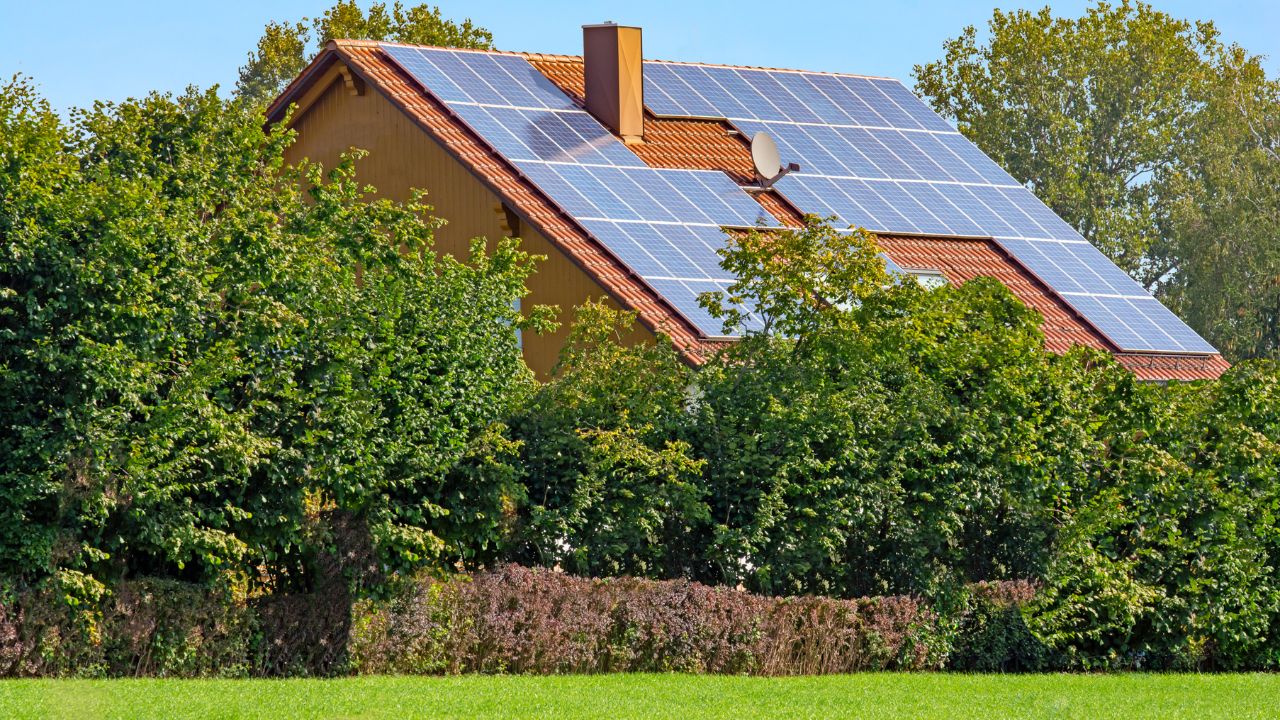Homes with sustainable features not only attract more attention in online listings, they also sell faster that properties that are not sustainable.
According to the second annual Domain Sustainability in Property Report, ‘green homes’ are easier to sell, attracting 16 per cent more listing views nationally.
They also spend 4 per cent fewer days on market.
Amidst a growing cost-of-living crisis, the data shows an encouraging trend, with a rise in motivation, adoption and reward of investing in sustainable home features.
Domain Chief of Research and Economics, Dr Nicola Powell, said the trend of green homes attracting greater buyer attention and selling faster was likely down to two factors.
“This performance is likely driven by two major factors: an increasing number of environmentally conscious buyers, leading to greater demand for greener homes, and the lifestyle benefits associated with such properties,” she said.
“Features like cross-ventilation, north-facing orientation, heat recovery ventilation, and solar panels not only contribute to environmental sustainability but also offer practical advantages, potentially reducing maintenance costs for occupants.
“Both lead to the increasing appeal of energy-efficient properties.”
Across the capital cities, listing views on green homes were well up on properties without sustainable features, with houses in Adelaide attracting 52.9 per cent more views and units up 9.7 per cent.
In Melbourne, green houses attracted 34.7 per cent more listing views, while units were up 15.1 per cent.
But days on market didn’t change in the Victorian capital.
The report also showed middle income families lead the way in adopting energy-efficient features and drive up demand for green homes.
With average and median household incomes in Australia standing at approximately $121,000 and $93,000 respectively, this suggests a strong willingness among middle-income households to invest in energy-efficient features.
In Reservoir, Victoria, the annual household income is $80,132, while an energy-efficient house price is $1.1 million, with an energy efficient price premium of 48 per cent.
Similarly, in Buderim, Queensland, the annual household income is $89,908, with the energy-efficient house price at $1.29 million, with an energy efficient price premium of 38 per cent.
“There could be several factors at play here,” Dr Powell said.
“Middle-income households may be investing in energy-efficient (EE) features to lower their household running costs and align with their personal values of environmental consciousness.
“Another explanation could be the prevalence of new-built homes in these areas with energy-efficient features included.
“It is worth noting that with some of these suburbs being in regional areas, it shows Australians across all socio-economic demographics are motivated to make their homes more sustainable.”
Green Building Council of Australia Chief Executive Officer Davina Rooney said as Australians became more aware of the health, environmental and cost benefits of living in more sustainable and energy efficient homes there had been a surge in demand for them.
“This shift is particularly welcome, given that residential properties contribute to 10 per cent of Australia’s carbon emissions,” she said.
“It’s encouraging to see this growing preference, which promises to reshape our housing market.”

